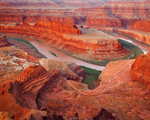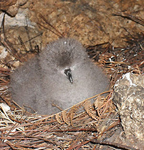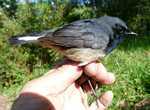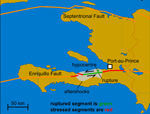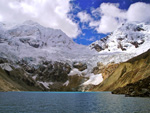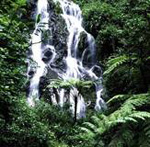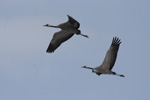Recent Uranium Mining Ban from Grand Canyon Under Industry Attack
By Roger Clark, Arizona Republic. Environmentalists, Native Americans, and Arizonans welcomed a 20-year ban by the U.S. Interior Secretary on Jan 9th on new uranium claims on a million acres of public land around the Grand Canyon National Park because mining activities would have violated sacred sites, polluted the river and aquifer, created relatively few short-term jobs, and principally benefited foreign companies. The ban was challenged with a lawsuit on Monday Feb 27th by the National Mining Association.
Continue reading →
